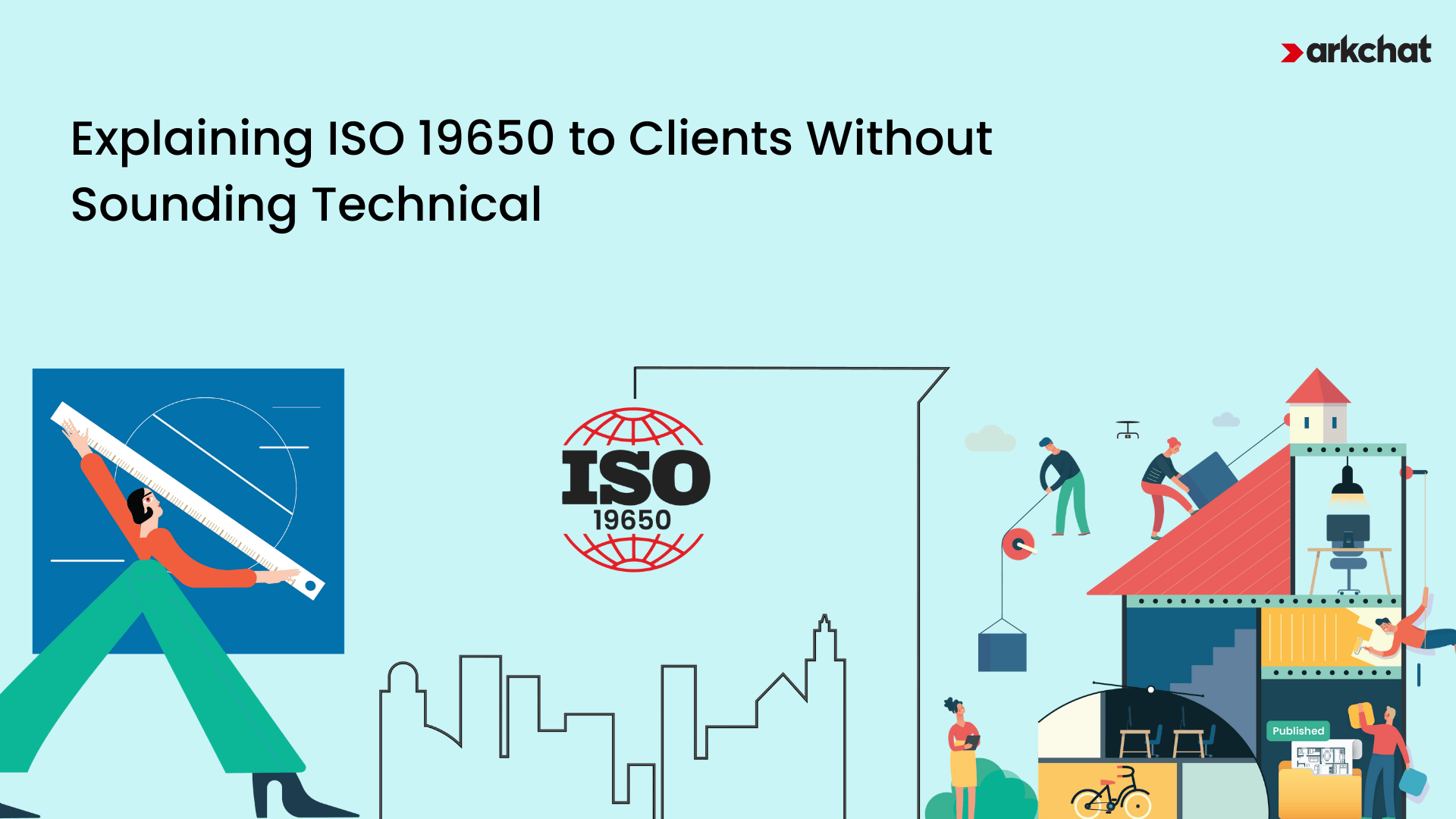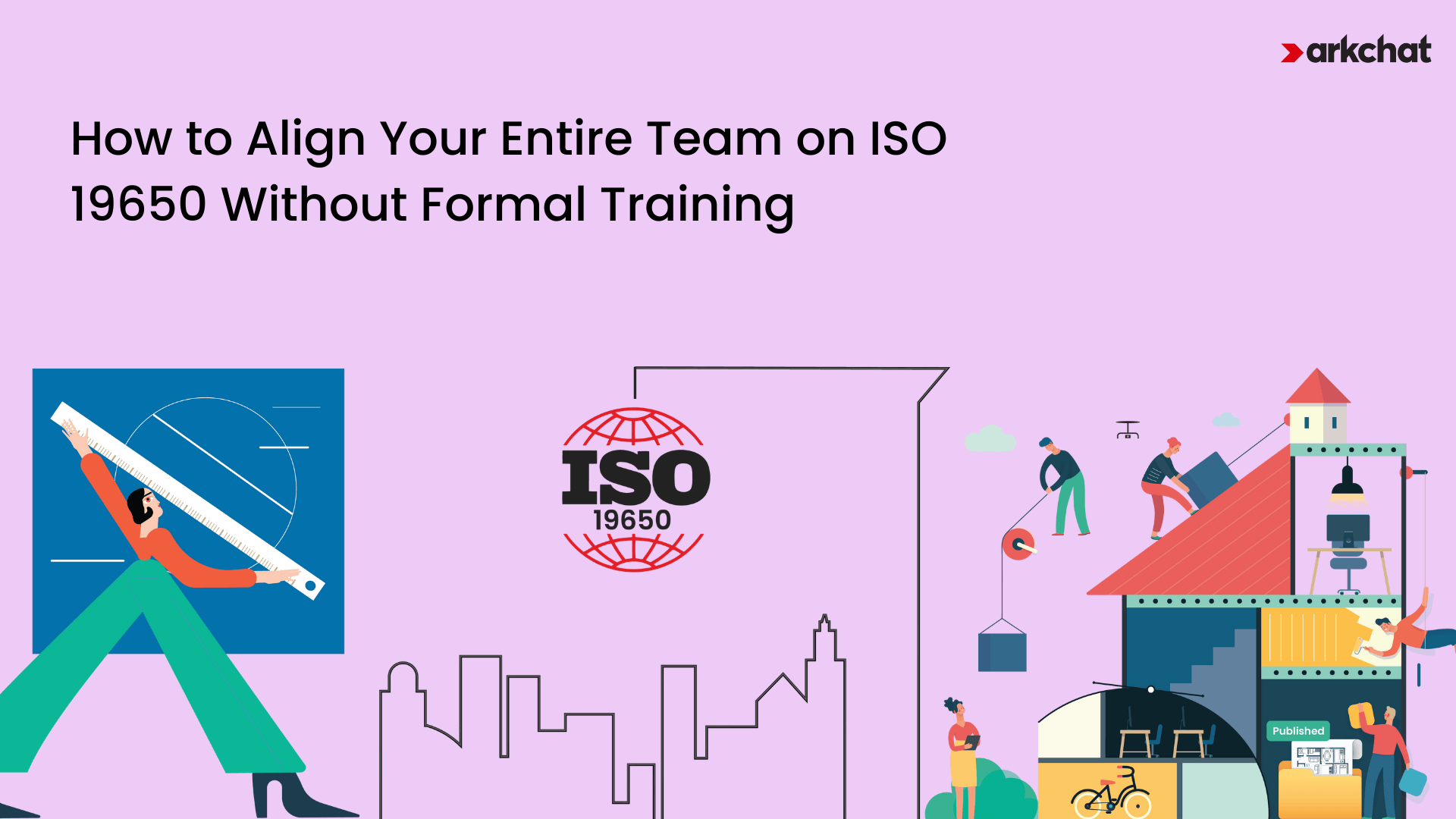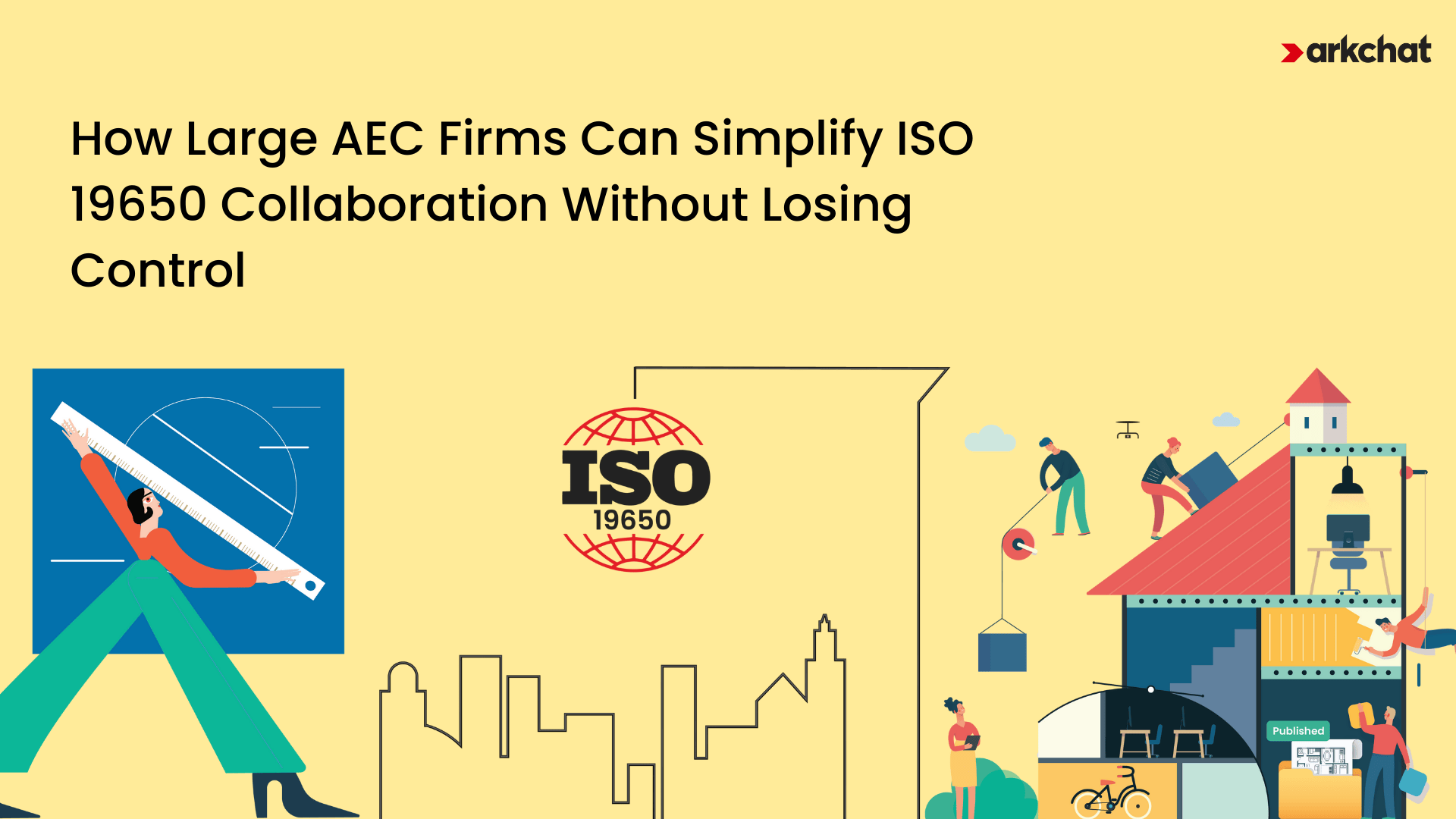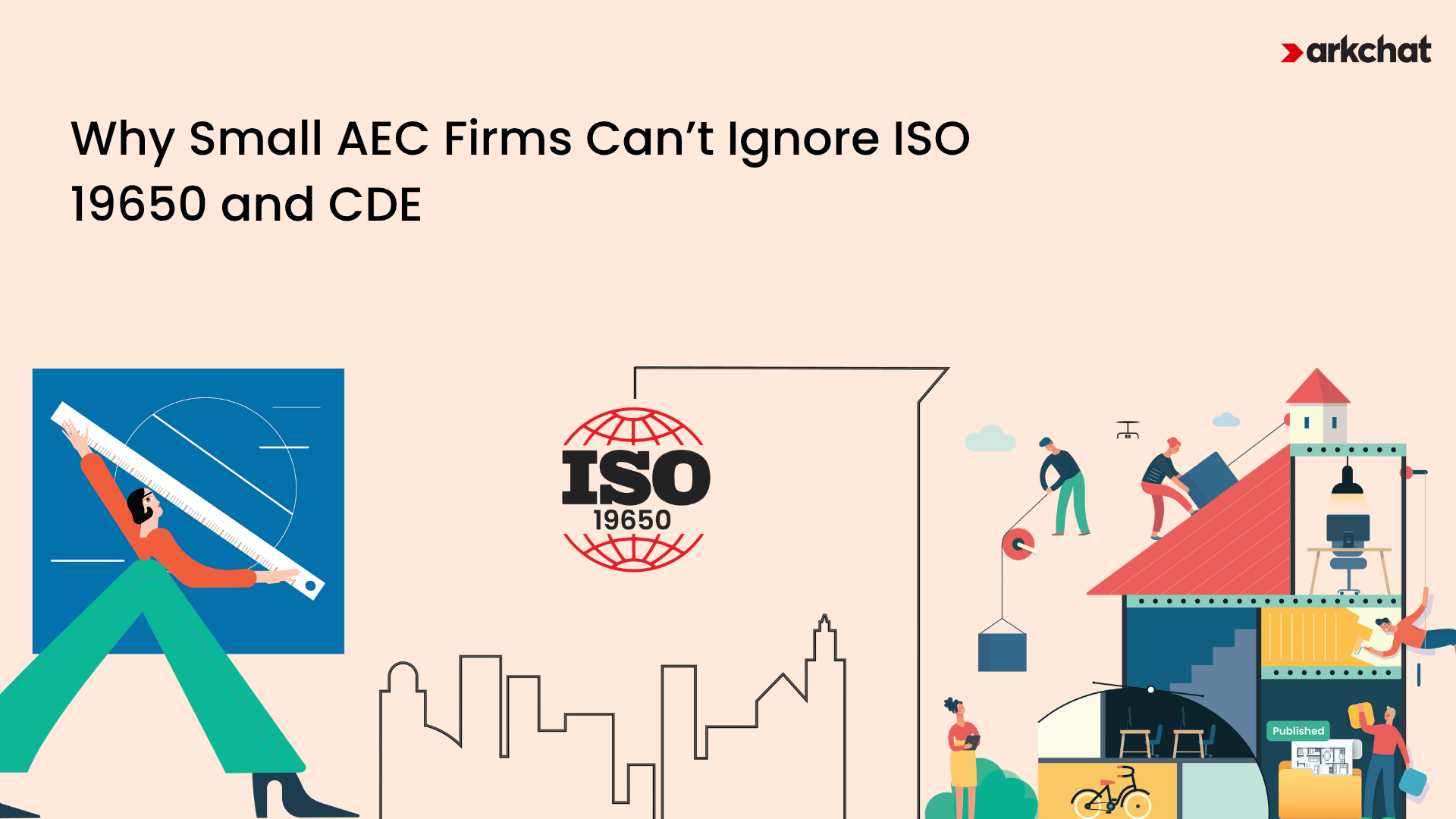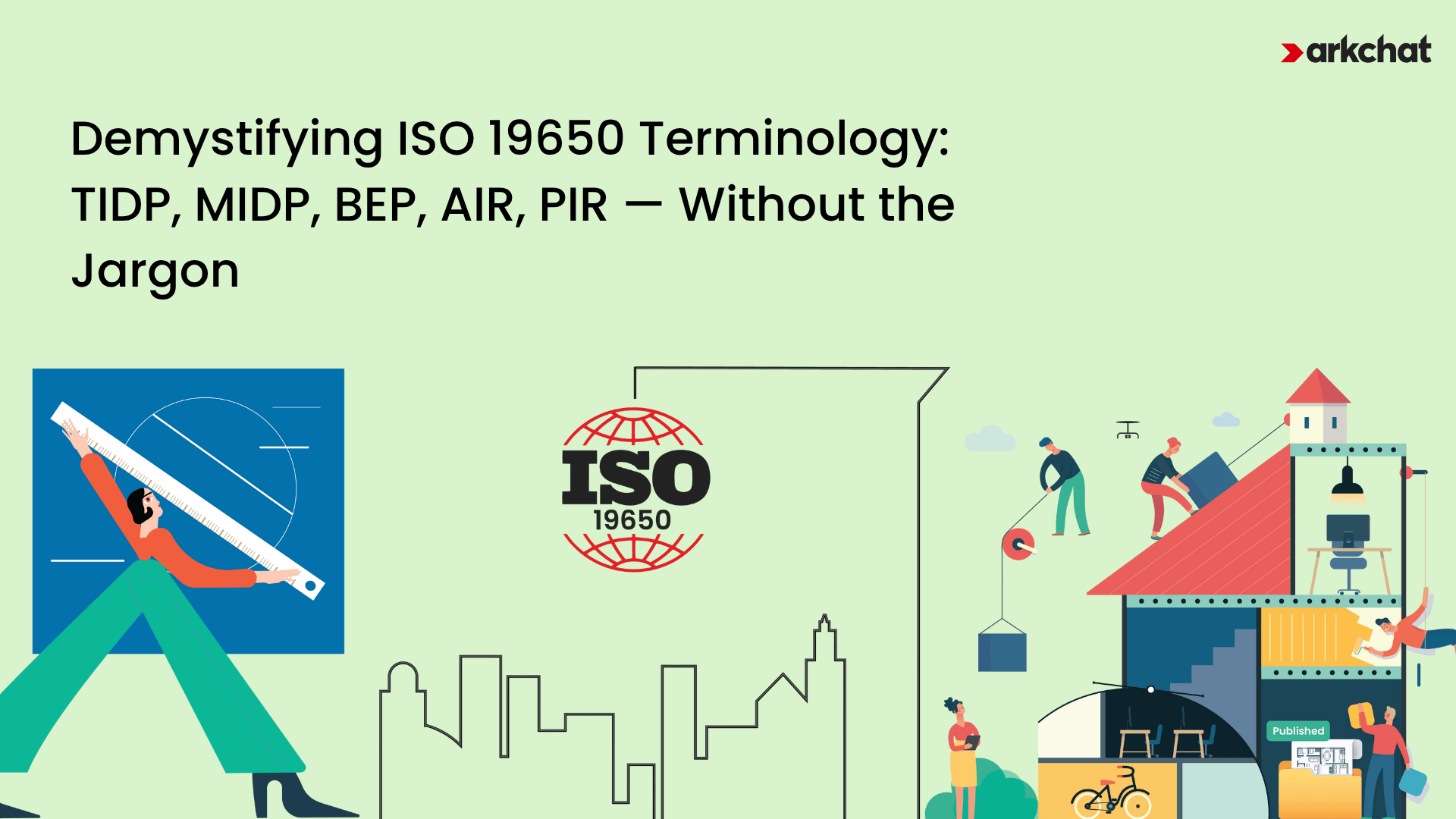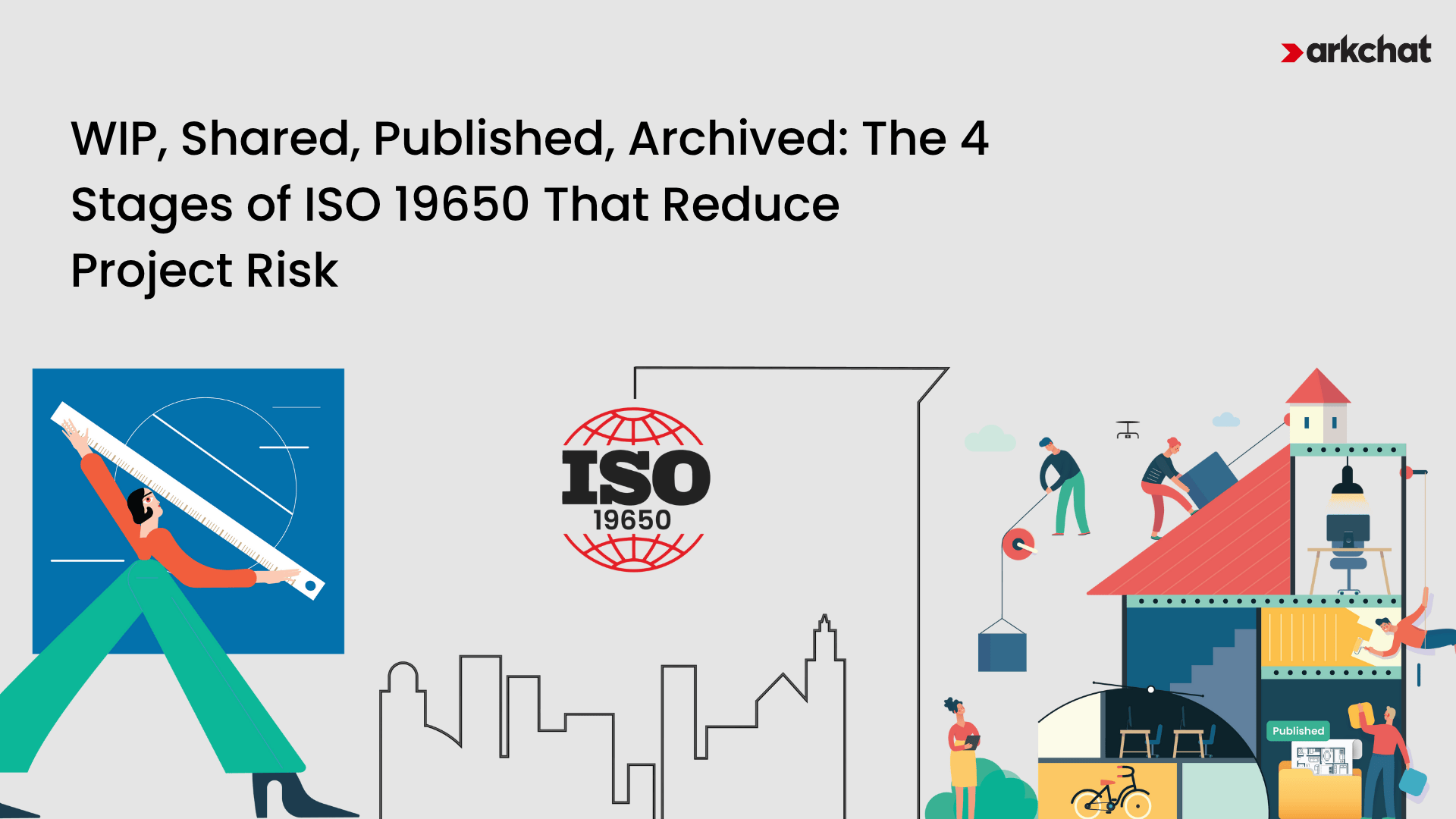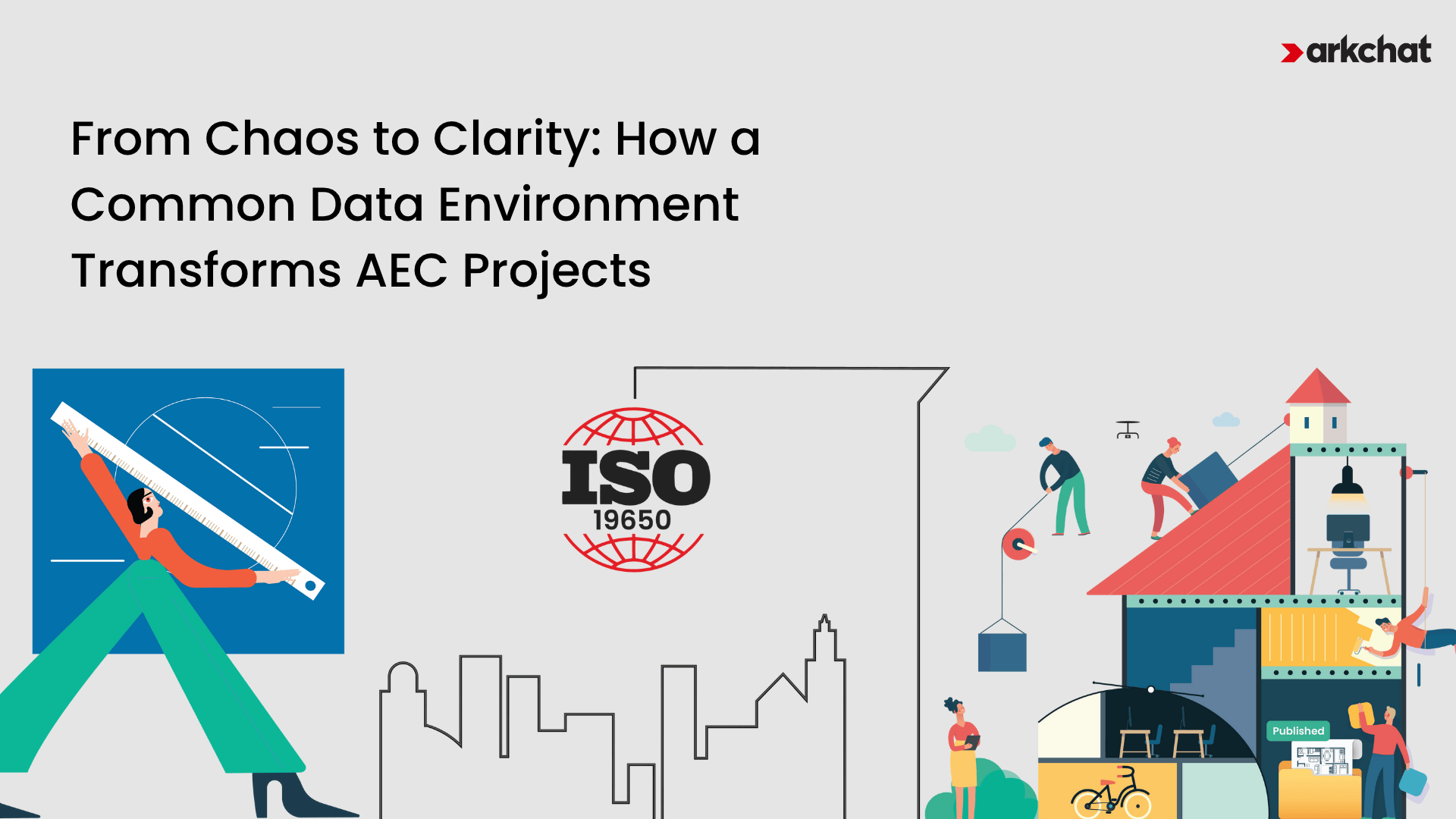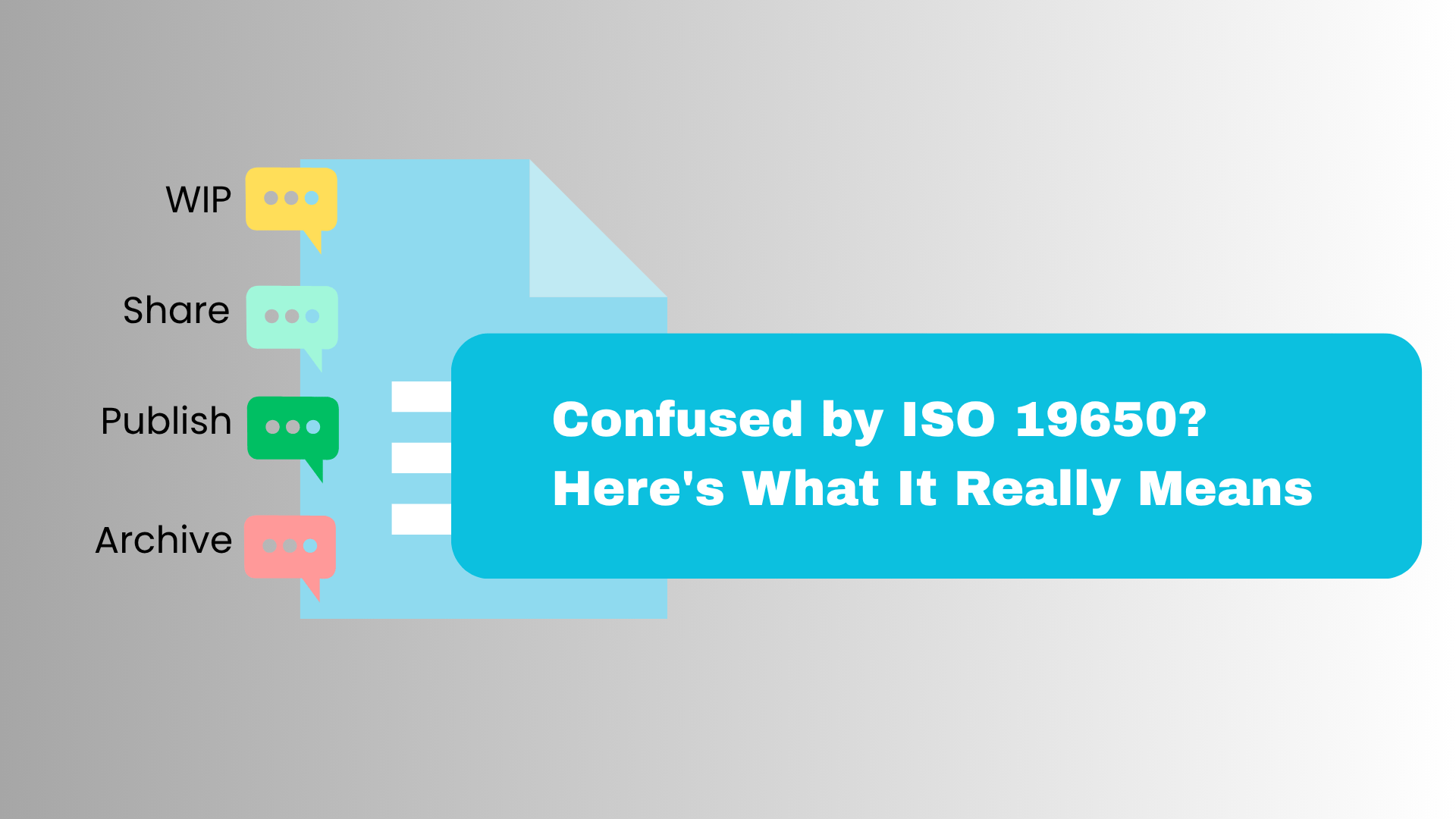If you’re an architect, engineer, or construction professional, chances are you’re familiar with stress at work—and not just the occasional kind. It’s the constant, nagging pressure of unfinished tasks, forgotten deadlines, and chasing people for updates. It feels endless.
But what if I told you it doesn’t have to be this way?
You’re not overworked because the AEC industry is tough (although it is). You’re overworked because things are disorganised. And that disorganisation is the silent source of your stress at work.
Let’s break it down—and more importantly, let’s fix it.
Why You’re Stressed – and It’s Not What You Think
You might think the only way to deal with stress at work is to develop a thicker skin, do more yoga, or simply power through. But none of that addresses the real problem. The real cause? Tasks falling through the cracks. Messages lost in chats. Teams out of sync.
You already know the cycle:
- Someone mentions a task in a call or chat.
- It’s not written down.
- The deadline approaches. No one has done it.
- Panic. Follow-ups. Blame.
- Repeat.
You’re not failing because you’re lazy—you’re stressed because you’re working without a system.
The hidden cost of disorganisation
Let’s look at how disorganisation creates stress at work without you even realising it:
You Forget Things (Naturally)
AEC work moves fast. If you’re relying on memory or casual messages, you will forget something important. Then the guilt kicks in. Then the rush. That’s stress at work caused by the absence of simple tracking.
You Keep Chasing People
When there’s no system showing who’s doing what, you’re stuck pinging teammates for updates. That constant follow-up loop is not just annoying—it’s mentally exhausting. It’s textbook stress at work.
Deadlines Always Feel Sudden
Ever noticed how deadlines seem to sneak up on you? That’s not bad planning—it’s disorganised tracking. And when you’re always on the edge of delivery, you’re stuck in a cycle of last-minute sprints and stress at work.
One Project’s Chaos Becomes Everyone’s Stress
In AEC, you’re never working on just one thing. When you’re disorganised across multiple projects, your stress at work doesn’t just double—it multiplies.
You Don’t Need More Tools—You Need the Right Ones
Let’s be clear: I’m not suggesting you start using five different apps or hire another project manager. In fact, that can add to your stress at work.
You need tools that blend into the way you already work. Tools that do the heavy lifting behind the scenes—without slowing you down.
Here’s what actually works:
Instant Task Capture from Chats
You’re already talking to your team all day. What if you could convert those messages into tasks instantly—with one click? That small shift alone could eliminate 80% of the stress at work caused by forgotten actions.
Built-in Collaboration, Not Add-on Confusion
Emails, WhatsApp, SMS—it’s chaos. What you need is a single space where all communication, tasks, files, and approvals live together. That centralisation removes friction and reduces stress at work dramatically.
Clear Ownership and Visibility
Tasks without owners create confusion. Confusion creates rework. And rework equals—you guessed it—stress at work. Every task should have one responsible person and a clear timeline. Everyone else can be in the loop, but there must be one lead.
The Emotional Side of Disorganisation
Let’s not underestimate the emotional toll here. Disorganisation isn’t just annoying—it affects your mental well-being.
You log off late, your mind still racing. You forget things and feel embarrassed. You start doubting yourself. That’s not a productivity issue—that’s stress at work turning into burnout.
It doesn’t just affect you. Your team feels it. Your clients notice. The energy drops. Morale suffers. Disorganisation spreads like a virus—and stress at work becomes part of your culture.
4 Habits That Can Change Everything
These are simple to start with—and they can completely change how you work:
Write Down Every Task
No more verbal instructions. If it’s important, it gets logged. You’ll be amazed at how much stress at work this alone removes.
Assign One Clear Owner
Don’t leave it vague. “We’ll get it done” is not a plan. “You’re doing it by Friday” is. This clears confusion and reduces friction—and with it, stress at work.
Convert Conversations to Tasks in Real Time
Don’t wait until later. That’s when things get lost. Finish a call, click “make task,” done. Simple habit. Huge impact.
Show Everyone the Bigger Picture
When everyone on the team sees the full task board, status updates, and deadlines, they act proactively. No chasing. No confusion. Less stress at work for everyone.
Imagine a Workday Without the Usual Chaos
What if you started your day knowing exactly what needs to be done?
What if your team had already updated their progress?
What if you didn’t need to dig through chats and emails for answers?
No last-minute surprises. No scrambling. Just focused execution.
That’s what happens when you take control of your workflow. When you use tools that turn messages into tasks. When you build habits that prevent, not patch, your stress at work.
Conclusion: you deserve a better way to work
You didn’t enter this profession to stay up late chasing people or digging through message threads. You joined to design, build, and create impact. That’s only possible when your day isn’t consumed by avoidable chaos.
You can eliminate most of your stress at work just by getting more organised—no meditation app required.
There are several tools out there—Slack, MS Teams, Asana, Basecamp, ClickUp, Notion—all aiming to solve parts of the problem. But what you really need is a simple way to manage tasks and conversations in one place.
That’s where tools like Arkchat help—by bringing messaging and project management together, so you’re not switching apps or losing context. Fewer gaps. Less chasing. More doing.
So don’t accept stress as a side effect of success. Fix the system. Start small. Use tools that work the way you do.
Because when work flows, so does peace of mind.

